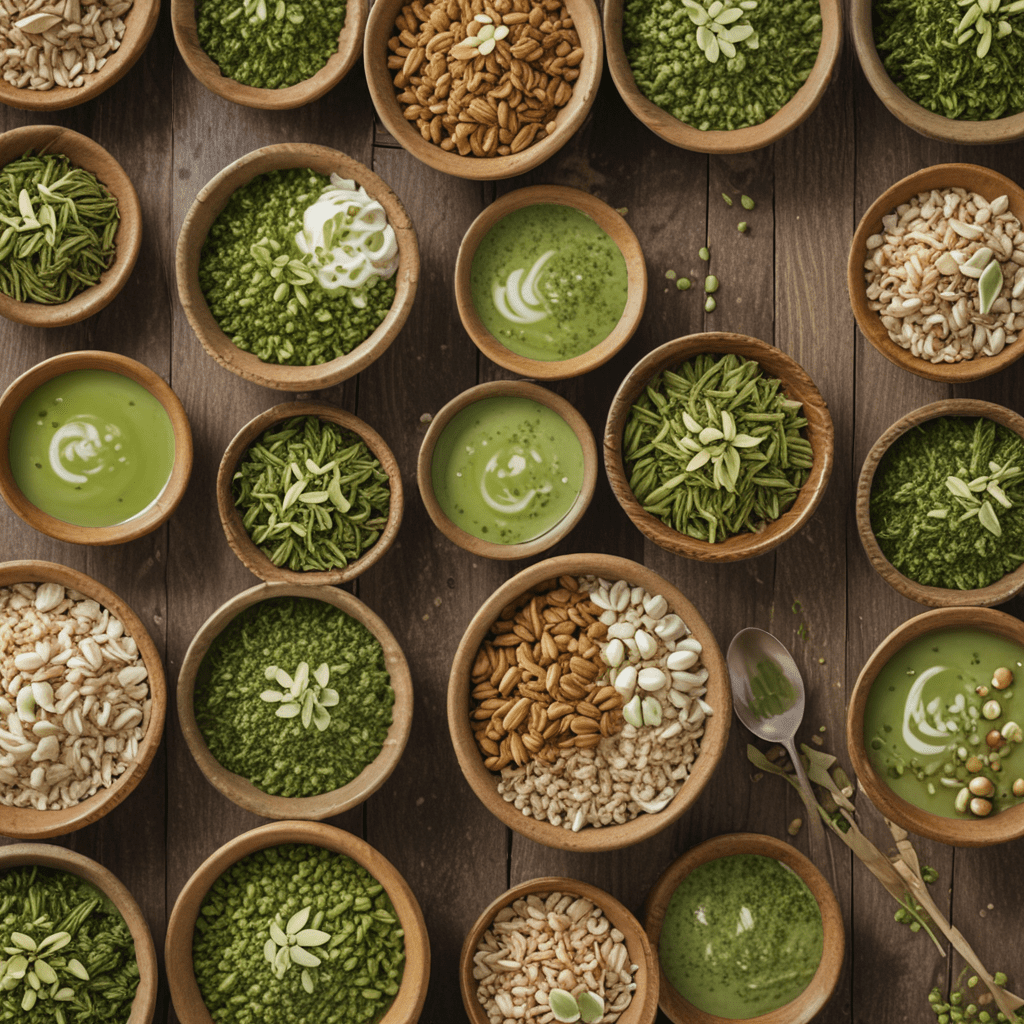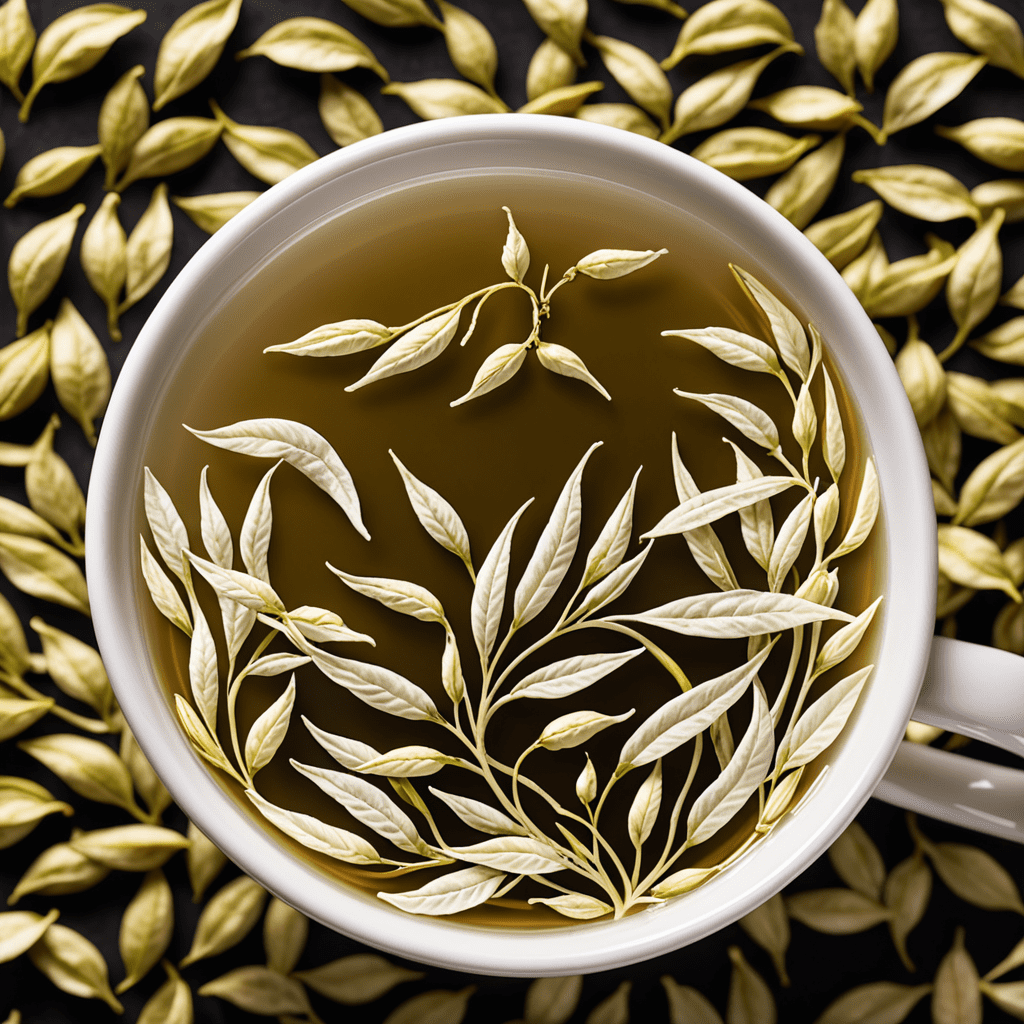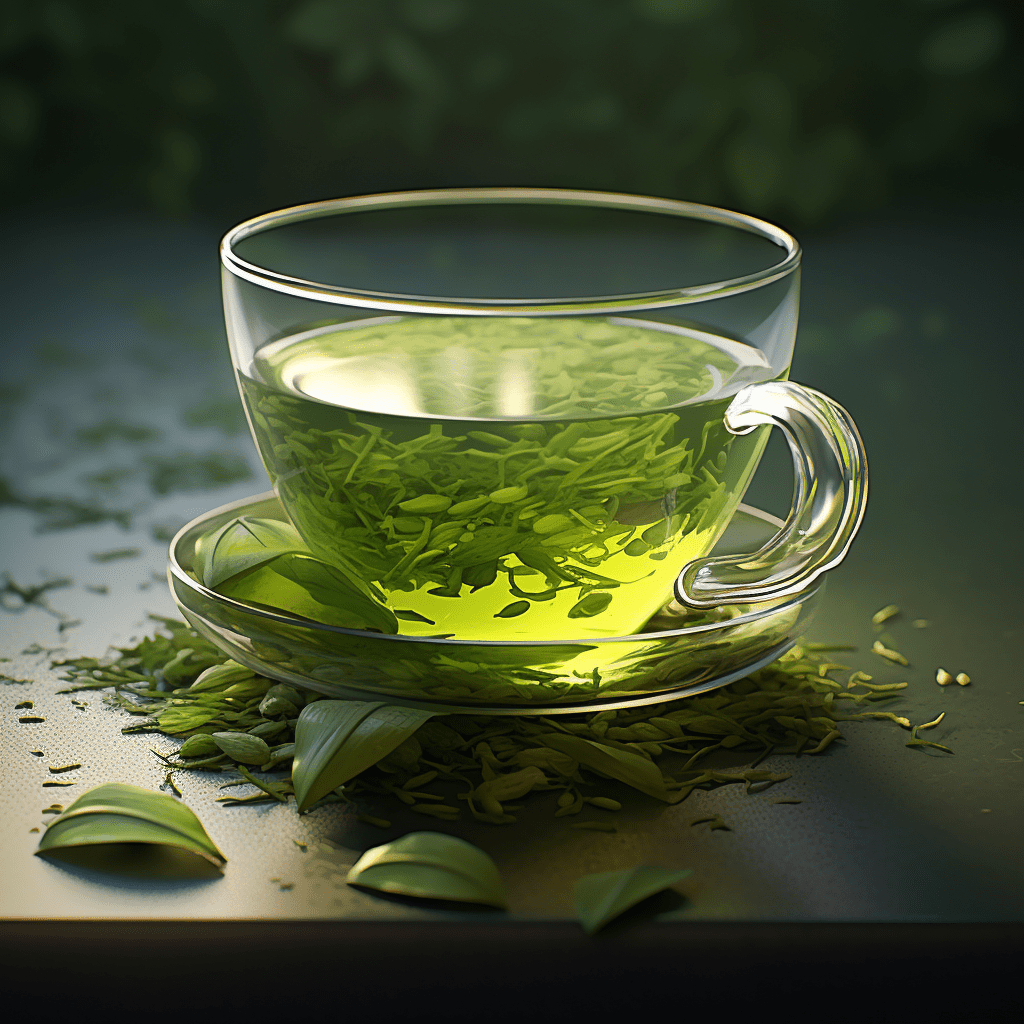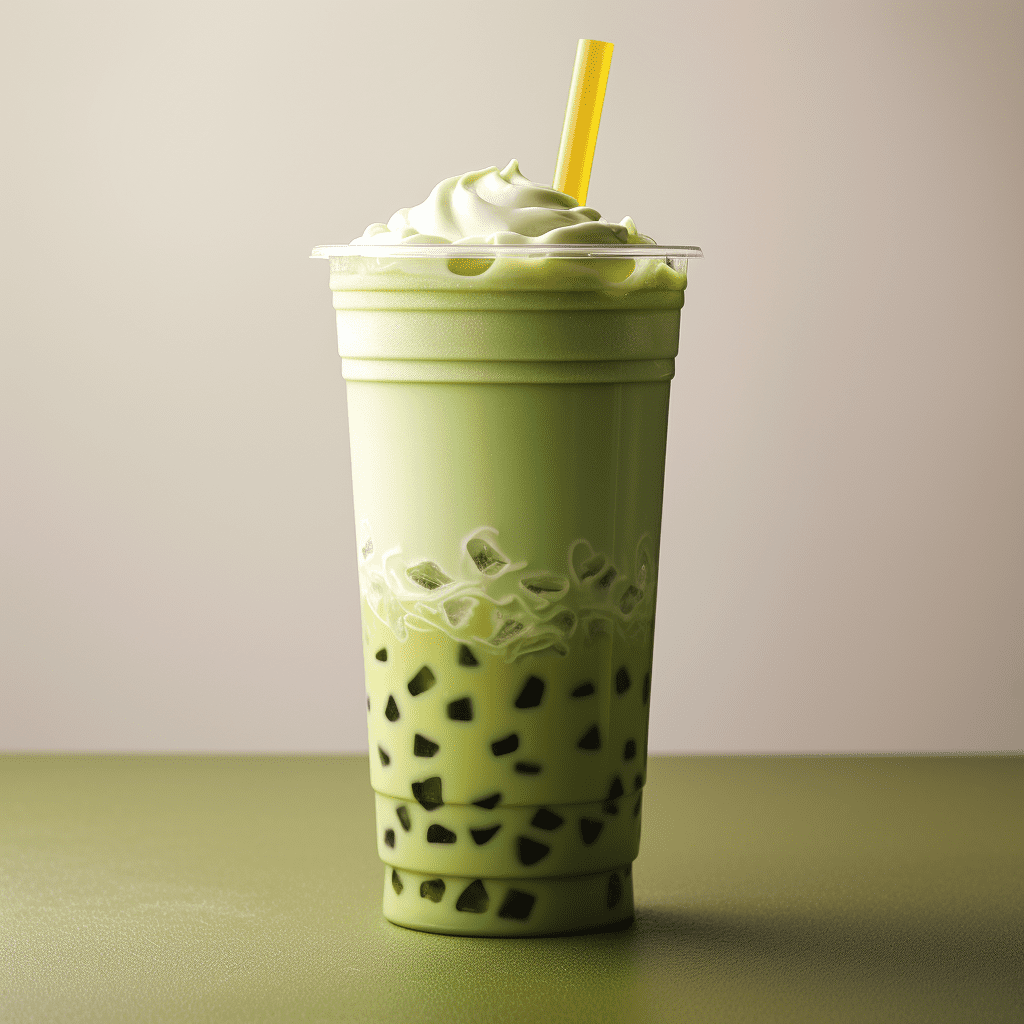
Matcha Infused Grain Bowls: Green Tea Flavors in Wholesome Meals
I. Introduction
In the realm of healthy and flavorful cuisine, matcha green tea emerges as a culinary superstar, infusing wholesome grain bowls with its vibrant color, earthy notes, and an array of health benefits. Matcha infused grain bowls offer a delectable fusion of textures, flavors, and nutrients, elevating the humble grain bowl into a gastronomic masterpiece.
II. Benefits of Matcha Green Tea
Matcha, a finely ground powder derived from shade-grown green tea leaves, boasts an impressive nutritional profile. Rich in antioxidants, matcha helps protect the body against cellular damage and supports overall well-being. It is also known to enhance cognitive function, promote relaxation, and boost metabolism. Its unique umami flavor and vibrant green hue make it a versatile culinary ingredient, adding a touch of elegance and nutritional value to various dishes.
III. Grain Bowl Foundations: Choosing the Base
The foundation of a matcha-infused grain bowl lies in the choice of base grains. From fiber-rich brown rice to protein-packed quinoa, the base provides the foundation for layering a symphony of flavors. Other options include hearty barley, nutty farro, or the ancient grain of amaranth. Choose a base that aligns with your dietary preferences and nutritional goals.
IV. Vegetable Variety: Green, Leafy, and Earthy Accents
Vegetables add a vibrant array of colors, textures, and nutrients to matcha grain bowls. Aim for a diverse selection, including leafy greens such as spinach, kale, or arugula for a boost of vitamins and minerals. Earthy vegetables like roasted beets, sweet potatoes, or sautéed mushrooms bring depth of flavor and antioxidants. Crunchy vegetables like broccoli florets or carrots add a delightful textural contrast.
V. Flavorful Toppings: Textures and Umami
Toppings elevate matcha grain bowls from simple meals to culinary delights. Roasted nuts, such as almonds, walnuts, or pecans, add a satisfying crunch and a nutty richness. Seeds, such as chia seeds or sunflower seeds, provide texture and essential fatty acids. Pickled vegetables, like g
VI. Sauce Symphony: Creating Flavorful Drizzles
Sauces transform matcha grain bowls into culinary masterpieces. A simple drizzle can elevate the flavors and textures, creating a harmonious symphony on the palate. For a classic touch, whisk together soy sauce, mirin, rice vinegar, and sesame oil. A creamy avocado-based sauce adds a touch of richness and indulgence. For a tangy twist, combine lime juice, cilantro, and a pinch of chili powder. Experiment with different sauces to find the perfect complement to your grain bowl creation.
VII. Arranging the Bowl: Visual and Textural Appeal
Presentation plays a crucial role in the enjoyment of matcha grain bowls. Arrange the components thoughtfully, creating a visually appealing masterpiece. Start with the base layer, followed by the vegetables, then the toppings. Drizzle the sauce over the bowl, ensuring it reaches all the nooks and crannies. Garnish with fresh herbs or a sprinkle of sesame seeds for a finishing touch. Experiment with different colors and textures to create a feast for both the eyes and the palate.
VIII. Matcha Miso Sauce: A Harmonious Blend
Matcha miso sauce is a flavorful symphony that perfectly complements matcha grain bowls. In a small bowl, whisk together white miso paste, matcha powder, mirin, and a touch of honey. The resulting sauce is smooth, creamy, and bursting with umami flavor. Its earthy tones blend seamlessly with the green tea notes of the matcha, creating a harmonious balance of flavors. Drizzle the matcha miso sauce over your grain bowl and savor the exquisite fusion of flavors.
IX. Avocado Wasabi Dressing: A Zesty Twist
Avocado wasabi dressing adds a vibrant green hue and a zesty kick to matcha grain bowls. In a blender, combine ripe avocado, wasabi paste, lime juice, soy sauce, and a touch of honey. Blend until smooth and creamy. The resulting dressing is tangy, slightly spicy, and perfectly balances the earthy flavors of the matcha. Drizzle the avocado wasabi dressing over your grain bowl and embrace the fusion of Japanese and modern culinary traditions.
X. Creating Your Custom Matcha Grain Bowl
The beauty of matcha grain bowls lies in their versatility. Experiment with different combinations of bases, vegetables, toppings, and sauces to create your own custom masterpiece. Opt for a hearty base of quinoa topped with sautéed spinach, roasted sweet potatoes, and crunchy almonds. Drizzle a tangy lime-cilantro sauce and finish with a sprinkle of sesame seeds. The possibilities are endless, allowing you to tailor your grain bowl to your unique taste preferences and dietary needs.
Frequently Asked Questions (FAQ)
Q: What is the difference between matcha and regular green tea?
A: Matcha is made from shade-grown green tea leaves that are ground into a fine powder. This process preserves the tea's antioxidants and nutrients, making it more potent than regular green tea.
Q: Are matcha grain bowls a good source of protein?
A: Yes, matcha grain bowls can be a good source of protein, especially when paired with protein-rich toppings such as tofu, tempeh, or beans.
Q: Can matcha grain bowls be made ahead of time?
A: Yes, matcha grain bowls can be made ahead of time and stored in the refrigerator for up to 3 days. The sauce should be stored separately and drizzled over the bowl just before serving.
Q: Are matcha grain bowls suitable for vegan and gluten-free diets?
A: Yes, matcha grain bowls can be made vegan and gluten-free by choosing appropriate toppings and bases. For a vegan bowl, opt for plant-based toppings and sauces. For a gluten-free bowl, use gluten-free grains such as quinoa or brown rice.


